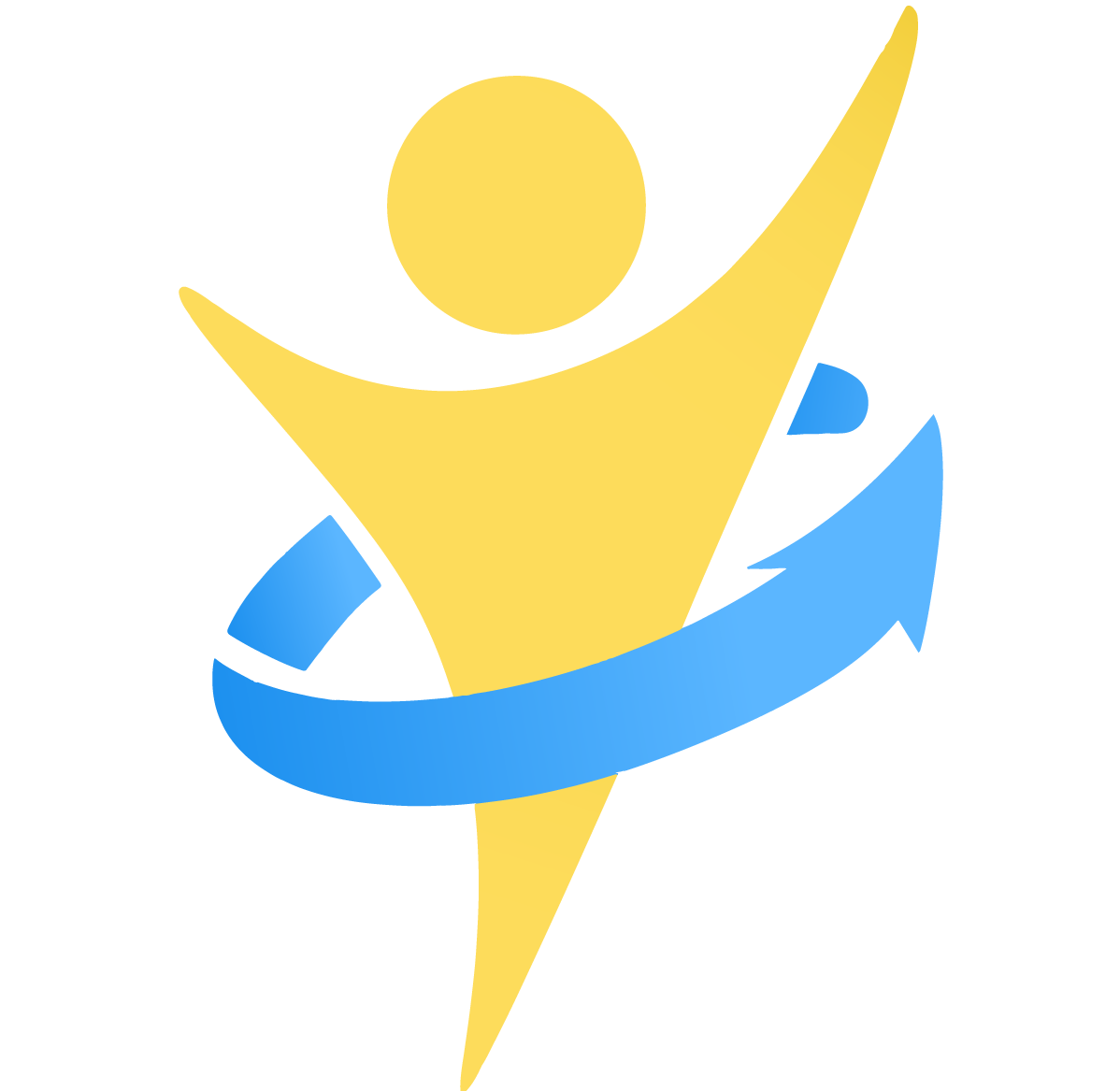We all have disabilities some are just more obvious than others
Diversity is inherent in the human experience. Every individual possesses a unique set of abilities, strengths, and challenges. While some disabilities may be more apparent, such as physical disabilities or sensory impairments, others may be less visible, such as learning differences, mental health conditions, attitudes, or chronic illnesses. This site seeks to promote a culture of inclusion and support. It encourages collaboration, mutual respect, and solidarity among people with different abilities. Let’s celebrate the successes of every member of our human family.
- Spectrum of Abilities: Abilities exist on a spectrum, and what may be considered a disability in one context may not be perceived as such in another. For instance, traits associated with neurodiversity, such as autism or ADHD, can manifest as both challenges and strengths depending on the environment and individual experiences.
- Intersectionality: Disability intersects with various aspects of identity, including race, gender, sexuality, socioeconomic status, and age. Marginalized communities may face compounded barriers and discrimination based on intersecting forms of oppression.
- Fluidity and Change: Abilities and disabilities can be fluid and subject to change over time. Temporary disabilities, such as injuries or illnesses, may impact functioning temporarily, while accommodations and support can mitigate the effects of permanent disabilities.
- Empathy and Understanding: Recognizing the diversity of abilities fosters empathy, understanding, and appreciation for the experiences of others. It encourages a shift from a deficit-based perspective to one that celebrates individual strengths and contributions.
- Advocacy and Allyship: Advocating for disability rights and inclusion involves recognizing the interconnectedness of various forms of diversity and advocating for social justice and equity for all individuals, regardless of their abilities or differences.
What is disability? A disability is any condition of the body or mind (impairment) that makes it more difficult for the person with the condition to do certain activities (activity limitation) and interact with the world around them (participation restrictions). Disabilities can result from a wide range of factors that are genetic, congenital (occurring at or before birth), and environmental (social, cultural, and physical surroundings).
• Physical impairments.
E.g. amputation and/or limb loss, arthritis, cerebral palsy, cystic fibrosis, epilepsy, neural tube defects
• Sensory impairments.
E.g. hearing and/or visual loss
• Behavioral or emotional challenges.
E.g. anxiety, depression, post-traumatic stress disorder, sexual trauma, prejudice
• Developmental conditions.
E.g. learning disabilities, cerebral palsy, Down syndrome, muscular dystrophy, autism spectrum disorder, Attention-Deficit/Hyperactivity Disorder
By acknowledging that disabilities and strengths exist on a spectrum and embracing the diversity of abilities, we can foster a more inclusive and equitable society where everyone is valued, respected, and empowered to participate fully in all aspects of life. We invite you to join in this celebration of resilience, determination, and achievements in facing our individual disabilities.
